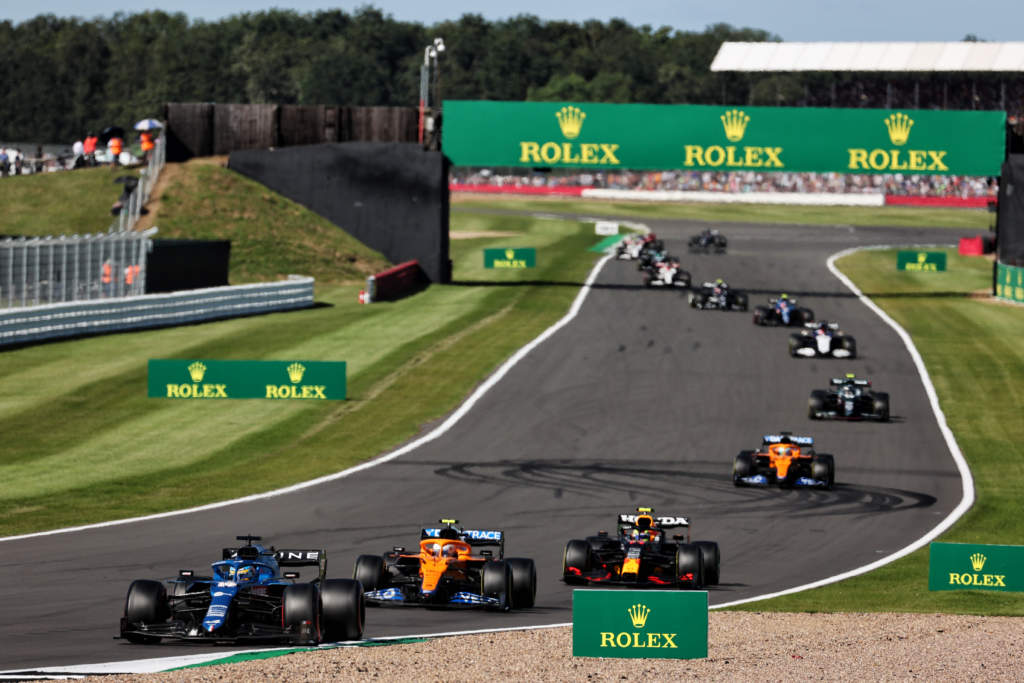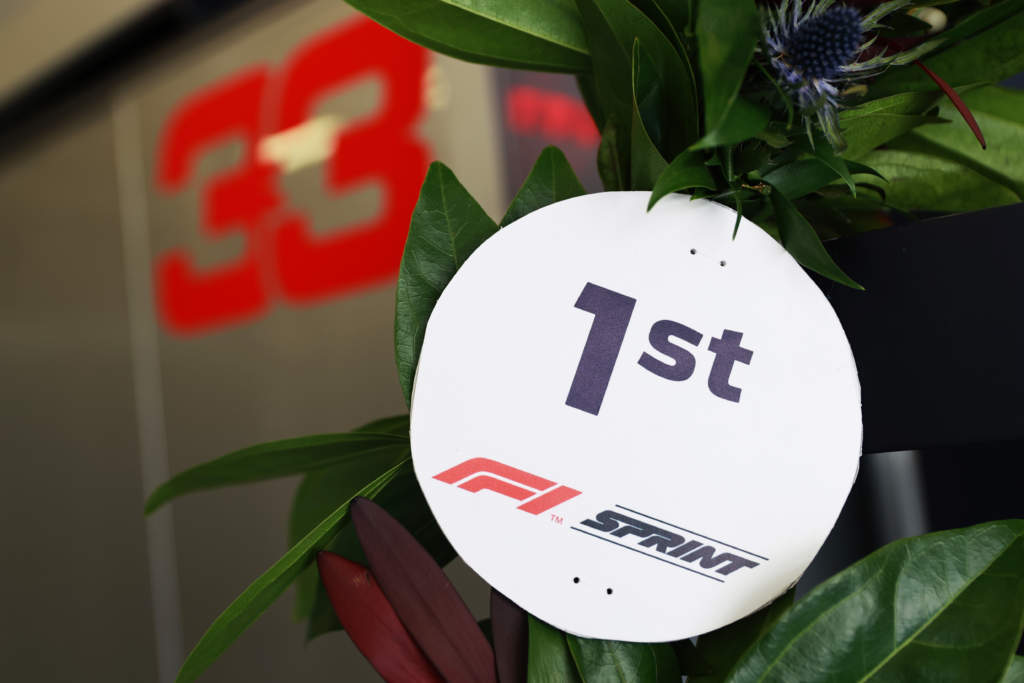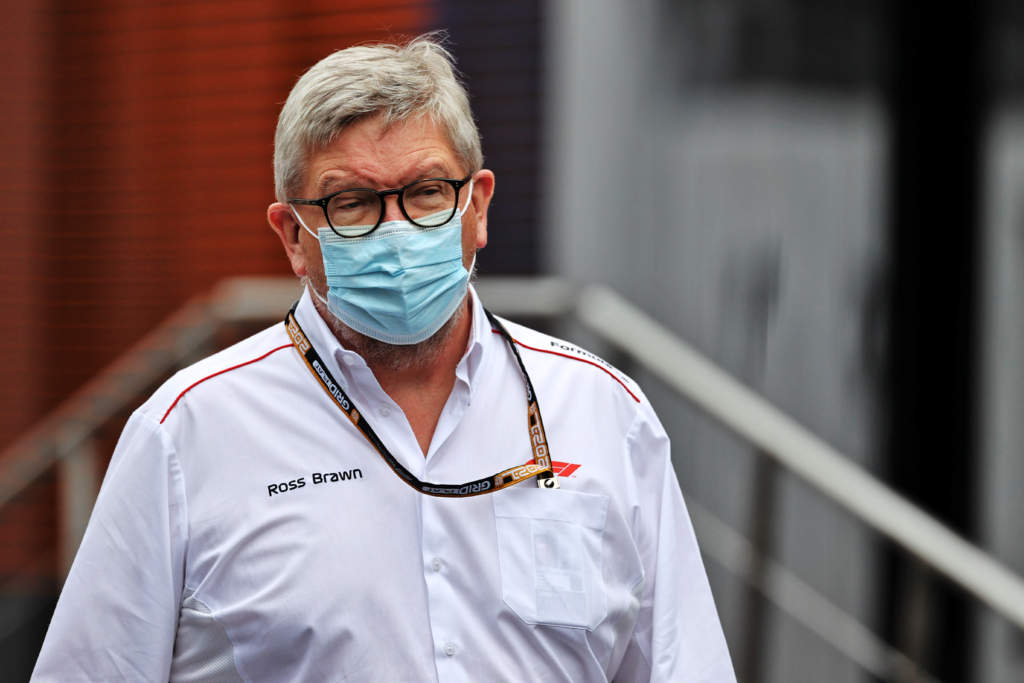Up Next

Formula 1 could scarcely have imagined the debut weekend for its new sprint format going as well as the British Grand Prix did.
There was enormous novelty value in the rejigged weekend schedule. Qualifying on Friday. A 17-lap race without a pitstop on Saturday. Then the main event as usual on Sunday.
F1 had great faith in its idea, designed to give new fans an easier route into following racing without having to commit to a 300km grand prix, while also appeal to existing fans by giving them more of a reason to follow on Friday, making it a real three-day event and helping race promoters and television broadcasters in the process.
There were legitimate concerns though, ranging from the small-but-significant (the winner of the sprint being awarded the pole position stat, not the fastest in qualifying) to the fundamental (is this just going to cannibalise the grand prix?).
Well, immediately after the sprint race itself, even some of us cynics were feeling cautiously optimistic. It felt a successful debut of the format.

Many were enjoying what it added to the show already because it made Friday, in particular, much more interesting. It is always enjoyable to see teams and drivers stretched with minimal running before crunch sessions.
The sprint race’s main champion, F1 managing director of motorsport Ross Brawn, reckoned the revised format “had a significant impact on the weekend”, citing Max Verstappen lamenting the fact Red Bull locked into a higher-drag set-up prematurely.
Watching a race on Saturday was a pleasant change of pace, particularly as we’d been able to enjoy qualifying on the Friday. In terms of the basic schedule an hour of practice had been abandoned and replaced by a relatively decent 30-minute F1 race. That added an extra element to the weekend while the escalation of Friday’s importance to the event made the whole thing feel more dynamic.
There were a few problems here and there like the pointless FP2 session on Saturday morning that was utterly meaningless with cars in parc ferme conditions running around on track with different tyre compounds and unknown fuel loads, rendering it even more boring than usual free practice. At least in FP1, FP2 and FP3 on a normal weekend we have performance runs to look forward to.
But the core question before Sunday’s race was whether we were getting benefits earlier in the weekend at the expense of a weaker grand prix. The grid had, with a couple of exceptions, settled even more into race pace order. That included Verstappen taking pole after Lewis Hamilton was quicker in qualifying.

An explosive grand prix ensured that the main event really was the main event. Had a conventional grand prix followed and Verstappen repeated his sprint race success, keeping Hamilton at arm’s length through the grand prix, we’d likely be reflecting a bit more hesitantly.
Instead, there was a rare, iconic moment that ignited the main race as Verstappen and Hamilton collided in spectacular fashion. While it’s tempting to dismiss this as a unique set of circumstances that therefore ‘saved’ the sprint from a grand prix it could have ruined, it could equally be viewed as a set of circumstances explicitly created by the sprint itself.
Verstappen had taken pole by winning the sprint. It put Hamilton, frustrated at losing his hard-earned position from qualifying, on the attack. And because of the events of the previous day, Hamilton knew that if he didn’t get the move done on the first lap there was a chance Verstappen would just edge clear.
The clash might have happened exactly the same way if qualifying had gone straight into the race. It might have been roles reversed. The point is that the sprint race didn’t cost the grand prix anything. And the weekend benefited overall.
“I’m very pleased with F1’s first sprint weekend,” said Brawn.
“Our belief was that it would add to more engagement for fans across three days – and it definitely did.
“I don’t see how it did anything other than enhance the race weekend.”

F1 completed a very public experiment with just those grievances to log, no nasty surprises (or, for us cynics, no ‘obvious’ problems that proved the format’s flaws) or question marks over the impact on the grand prix, and with a perfectly solid sprint race itself.
It needed to establish a baseline with this format and it got a very good one. F1 can now sell this on the basis of tweaking the small annoyances like FP2 being pointless, the terminology of the sprint, what can be done about the pole stat.
Though the likes of Brawn were confident, this is surely better than F1 chiefs could have possibly hoped for.
“I’m sure there will be things we can pick up with teams and then digest the feedback,” said Brawn.
“It’s a great first step in this experiment, with two more sprints to come.
“I want to emphasise that we won’t make a judgment on whether it will be part of our championship in the future until we have done all three sprints on three different tracks.”
Unless Monza and the unconfirmed third sprint throw up something dramatically different, though, it seems inevitable this format will return next season – and likely at even more races.






